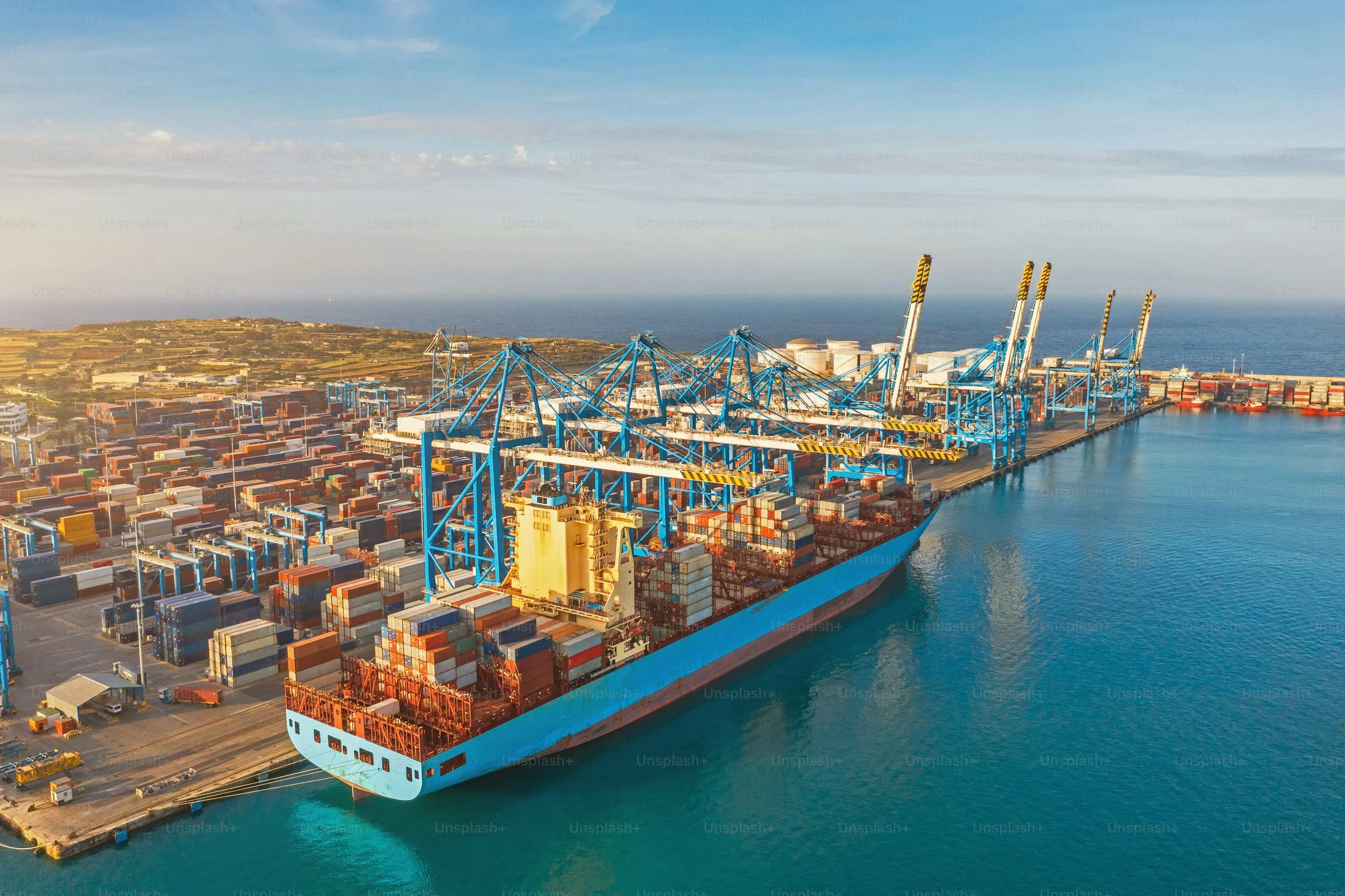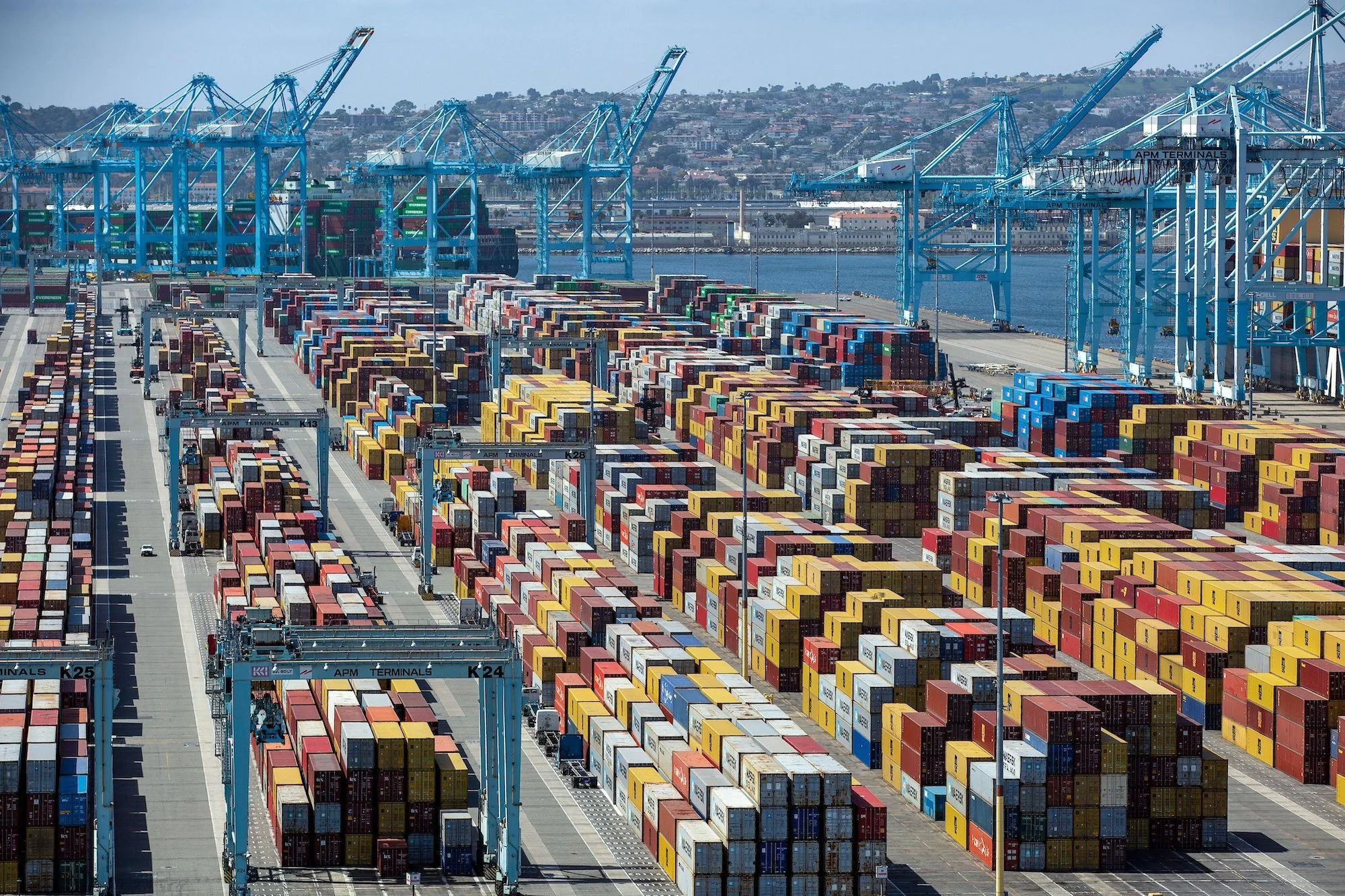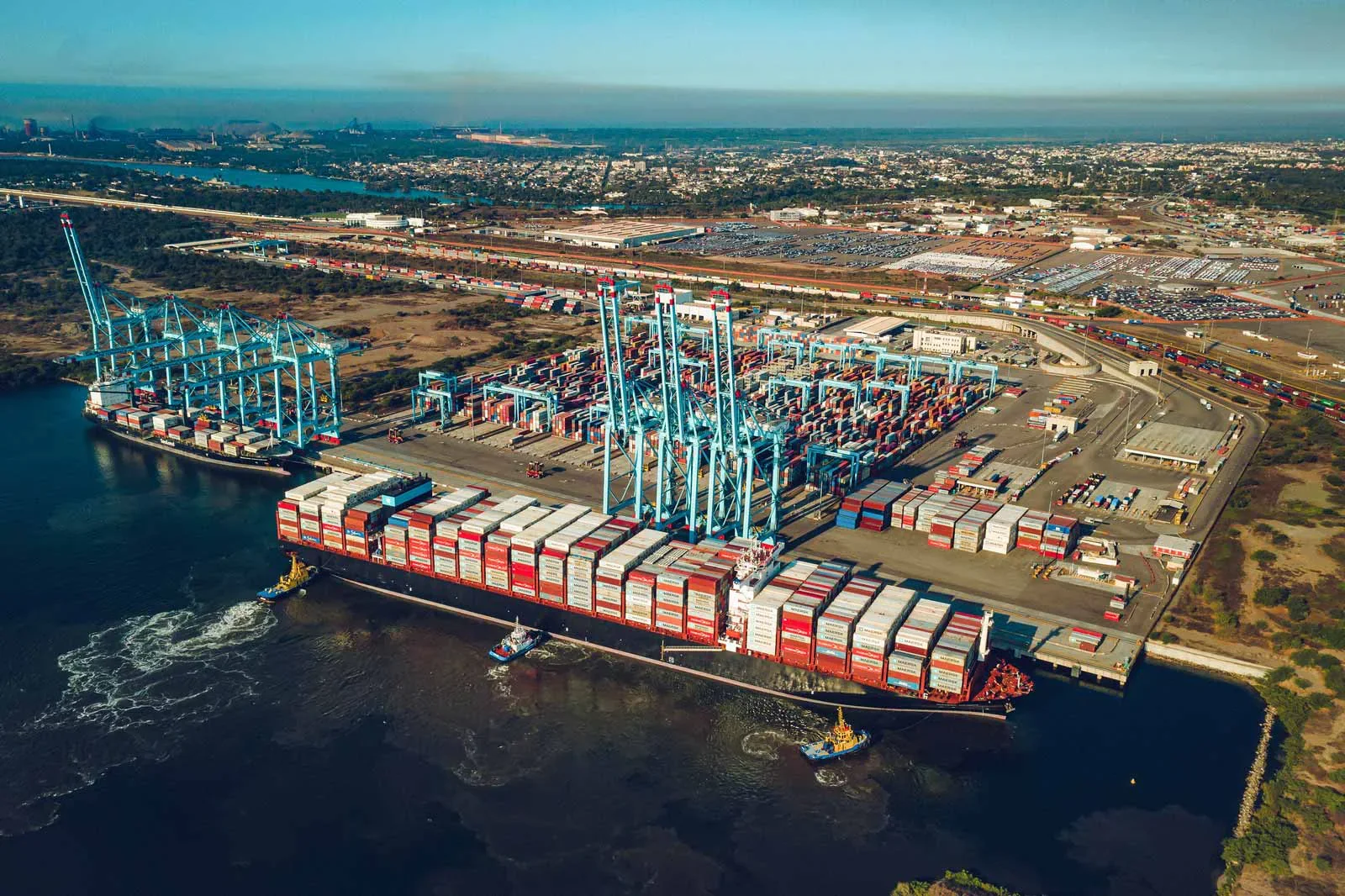
Global Port Operators Wrap-Up: How Scale, Ecosystems, and Policy Create Moats
Global port operators handle more than 325 million TEUs annually, shaping one-quarter of world trade. PSA relies on cadence and automation, DP World builds ecosystems, Hutchison scales without stickiness, SIPG fuses throughput with state policy, and POLA adapts through digitization and sustainability. The lesson: scale alone is fragile. The future belongs to operators that turn infrastructure into systems—bundling services, building digital platforms, and decarbonizing operations to lock in customers and stabilize margins.

Port of Los Angeles: America’s Gateway to the Pacific
The Port of Los Angeles is the busiest container port in the U.S., moving 8.6 million TEUs in 2024. With $632 million in revenues and an estimated $400 billion in economic impact, it anchors America’s Pacific trade. But POLA faces challenges: cargo diversions to East Coast ports, labor disputes, and regulatory costs. Its competitive strategy centers on digitization through Port Optimizer, infrastructure expansion, and a zero-emissions pledge by 2035. Unlike global operators like DP World or PSA, POLA is a public landlord port, balancing trade, jobs, and policy mandates under intense pressure.

Shanghai International Port Group: Scale as a Strategic Asset
Shanghai International Port Group (SIPG) is the operator of the Port of Shanghai, the busiest container hub in the world. In 2024, SIPG handled 49 million TEUs, generated $6.7 billion in revenue, and delivered margins near 30%. Its flagship Yangshan Deep-Water Port is the world’s largest automated terminal, combining AI-driven yard systems with electrified equipment. SIPG’s moat is not diversification like DP World or automation portfolios like PSA, but scale and alignment with China’s national policy. That makes it both a commercial operator and a strategic asset.

Hutchison Ports: Scale Without Visibility in Global Trade
Hutchison Ports is one of the world’s largest port operators, handling 85 million TEUs in 2024 across 52 ports. Backed by CK Hutchison Holdings, it generates over $10 billion in revenue with margins in the 25–30% range. Yet compared to DP World’s free zones, PSA’s automation, and APM’s integration with Maersk, Hutchison’s ecosystem is thin. Its strength lies in scale, efficiency, and capital discipline, but without diversification into logistics and digital platforms, its moat is shallow.

DP World: Building Resilience Through Diversification in Ports and Logistics
DP World has built its leadership not by automation alone or by tying itself to a single shipping line, but by diversifying aggressively. In 2024 it handled 82 million TEUs across 90 terminals, generated $18 billion in revenue, and maintained EBITDA margins near 35%. With Jebel Ali Free Zone, Unifeeder short-sea shipping, and the CARGOES digital platform, DP World has become more than a port operator. It is an ecosystem builder, turning volatility into opportunity by embedding itself across every link of global trade.

APM Terminals: Maersk’s Bet on Vertical Integration in Global Ports
APM Terminals is not just a global port operator; it is the backbone of Maersk’s integrated logistics strategy. With 77.5 million TEUs handled in 2024, 60+ terminals worldwide, and advanced automation at hubs like Maasvlakte II, APM reduces vessel turnaround, lowers costs, and locks in customers across the supply chain. Its strength lies in integration: terminals aren’t just profit centers, but levers that power Maersk’s end-to-end logistics ecosystem.

PSA International: Mastering Scale and Resilience in Global Ports
PSA International handled over 100 million TEUs in 2024, cementing its place as the world’s leading port operator. With revenues of SGD 7.7 billion and operations in 45 countries, PSA has built resilience through geographic diversification, automation at its Tuas Mega Port, and integrated logistics beyond the quay. Its model demonstrates that scale in ports is not about counting terminals, but about embedding ecosystems that lock in customers and withstand global shocks.